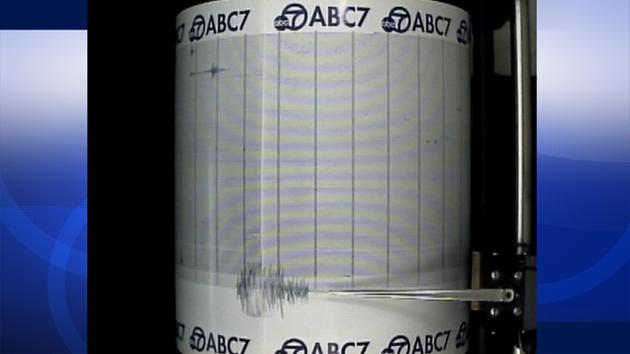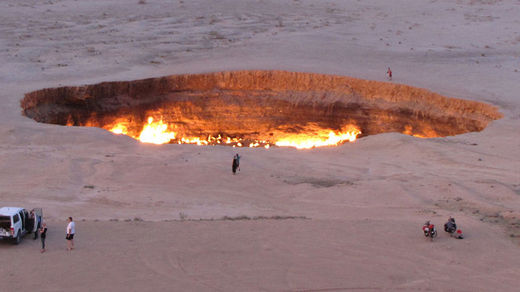
© SDfish.com
Last Saturday, a San Diego angler caught an opah -
a scarce deep-sea fish - in the San Diego Bay near Fisherman's Landing.
SDfish.com reports that a worker on the landing
saw the opah swimming in circles, and used a gaff to pull it up on the sand.
"I never would have believed it if I wasn't there to see it," said Fishermen Landing's Tackle Shop co-owner Doug Kern.
UPDATE:
Local fishermen speculate that the opah might have come from a commercial fishing fleet that's docked East of Fisherman's Landing. The fish might have escaped from the fleet and swam over to the beach near the landing.
Opah are prized catches for offshore anglers, because they have a striking appearance and are hard to find. While not uncommon to California and the Baja region,
Opah usually live in deep-ocean depths that are too far down for most anglers to fish.
It's highly unusual for one to come so close to the shore and practically beach itself.Then again, San Diego is a remarkable fishing destination. The city's coastal waters boast some excellent offshore fishing opportunities. San Diego also has one of the US's best bass fisheries: the Miramar Reservoir. 5 of the top 25 biggest largemouth ever caught were fished from the Miramar Reservoir.


Comment: Many areas have been experiencing the lingering effects from last winter.
See related: